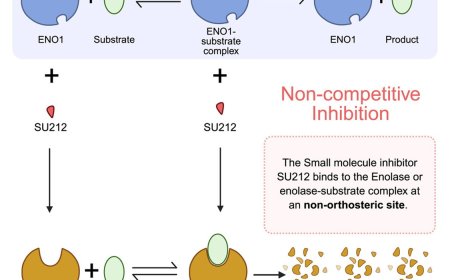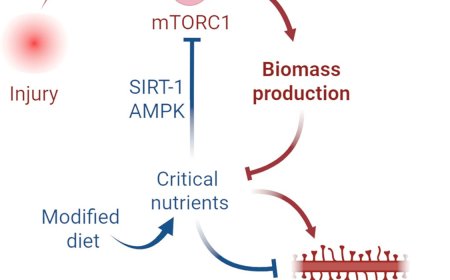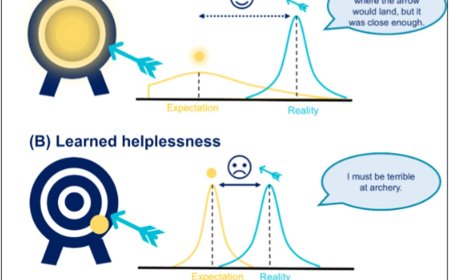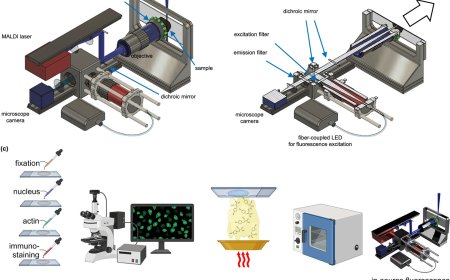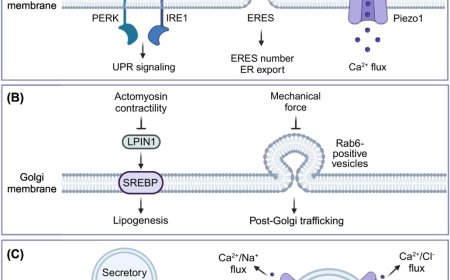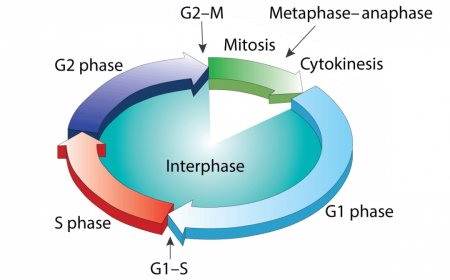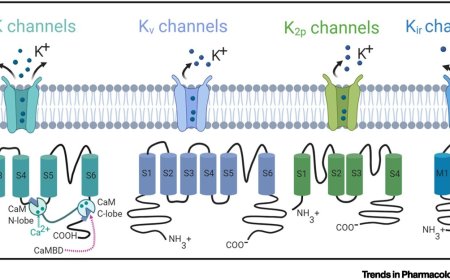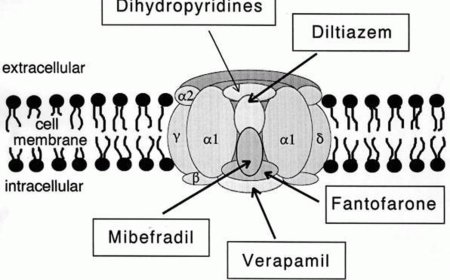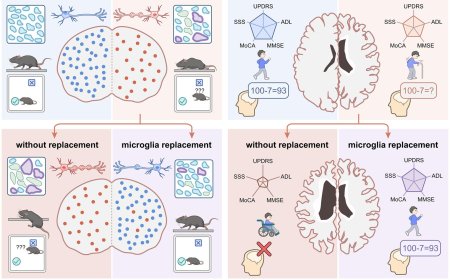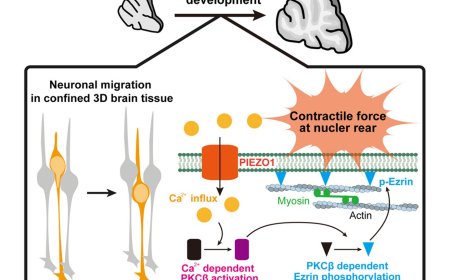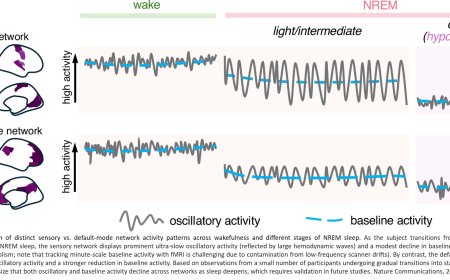Role of ECM in brain memory
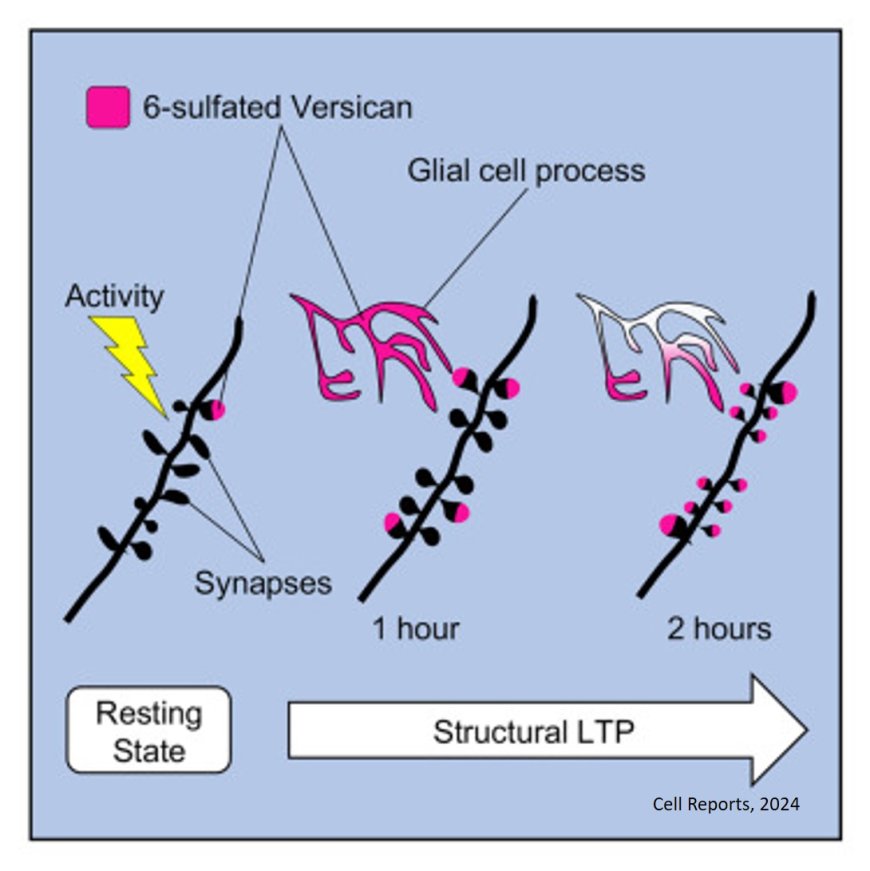
Neurons are important, but they are not everything. Indeed, it is "cartilage," in the form of clusters of extracellular matrix molecules called chondroitin sulfates, located in the outside nerve cells, that plays a crucial role in the brain's ability to acquire and store information.
The study just published in the international journal Cell Reports describes a new mechanism of brain plasticity, or how nerve connections change in response to external stimuli, is.
"Sensory skills and the ability to understand our surroundings depend on the activity of the brain, which enables us to perceive and process stimuli that come from the outside world. Through our brains we are able to acquire and store new information, and to remember information we have already acquired. This fascinating phenomenon is made possible by the brain's ability to continuously change the structure and effectiveness of neuronal connections (synapses) in response to external stimuli. An ability that goes by the name of synaptic plasticity.
Understanding how synaptic modifications occur and how they contribute to learning and memory is one of the great challenges in neuroscience," comment a co-senior author,
At the center of the research are chondroitin sulfates, molecules well known for their role in joints, which also play a crucial function in brain plasticity, being an integral part of the brain's extracellular matrix.
In 2007, a study had described the presence of clusters of chondroitin sulfates, circular in shape, scattered seemingly randomly in the brain. This work had slipped into oblivion, and later renamed them as CS-6 clusters (from chondroitin sulfate-6, which identifies their precise molecular composition) and demonstrating how these structures were associated with glial cells and were severely reduced in the brains of people with psychotic disorders.
"First we went to explore these structures in detail, visualizing them at very high resolution. We found that they are essentially clusters of synapses coated with CS-6 and organized in a clearly recognizable geometric shape. We then highlighted a new type of synaptic organization," the author recounts. "At this point we had to use some 'experimental creativity'; with a combination of behavioral, molecular and refined morphological approaches, we realized that these connections encapsulated in CS-6 clusters change in response to electrical activity in the brain."
"Finally, through collaboration, we attenuated the expression of CS-6 in the hippocampus (the region of the brain responsible for spatial learning), and demonstrated that the presence of CS-6 is necessary for synaptic plasticity and spatial memory," the authors point out.
The study offers, therefore, a major contribution. "This work paves the way for a new way of thinking about brain functioning. It is possible that all synapses formed on different neurons within CS-6 clusters have the ability to respond chorally to specific environmental stimuli, and are involved in a common function aimed at learning and memory processes," they note.


